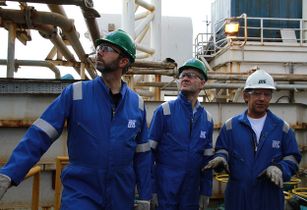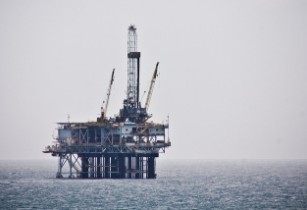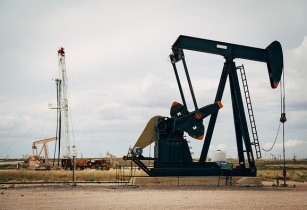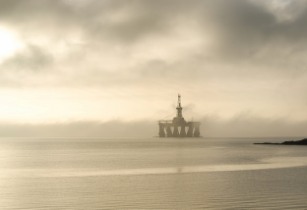Tullow Oils CEO Paul McDade said that the company is interested in new oil blocks off Ghanas coast
Exploration
Total, partners take final investment decision on Angola offshore oilfield
French oil major Total and its partners said that they have taken the final investment decision on an oilfield off the coast of Angola
Apex International awards contract to start oil and gas exploration in North Africa
Houston-based Apex International Energy, North Africa-focused oil and gas exploration company, has awarded a contract to acquire 1,000 sq km of 3D seismic data in the Southeast Meleiha Concession to BGP International Egypt, LLC
NNPC tasks IBB University for Bida oil exploration
The Nigerian National Petroleum Corporation (NNPC) has charged the IBB University for more collaboration on oil exploration in the Bida Basin, one of the seven inland basins in Nigeria
Comoros Islands could provide a new opportunity for oil and gas logistics
The Comoros Islands, located in the Indian Ocean between the Mozambique coastline and Madagascar, could be among the new "elephant" oil and gas discoveries for Africa








